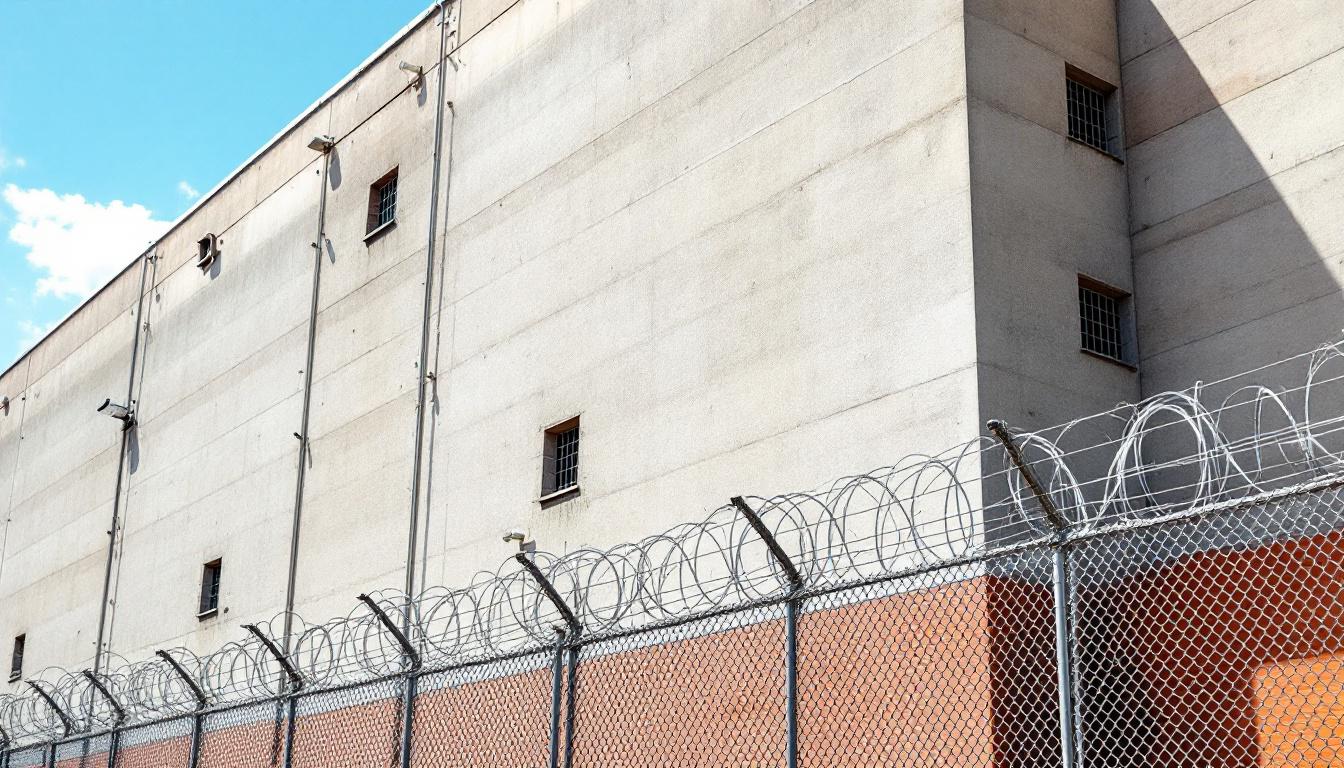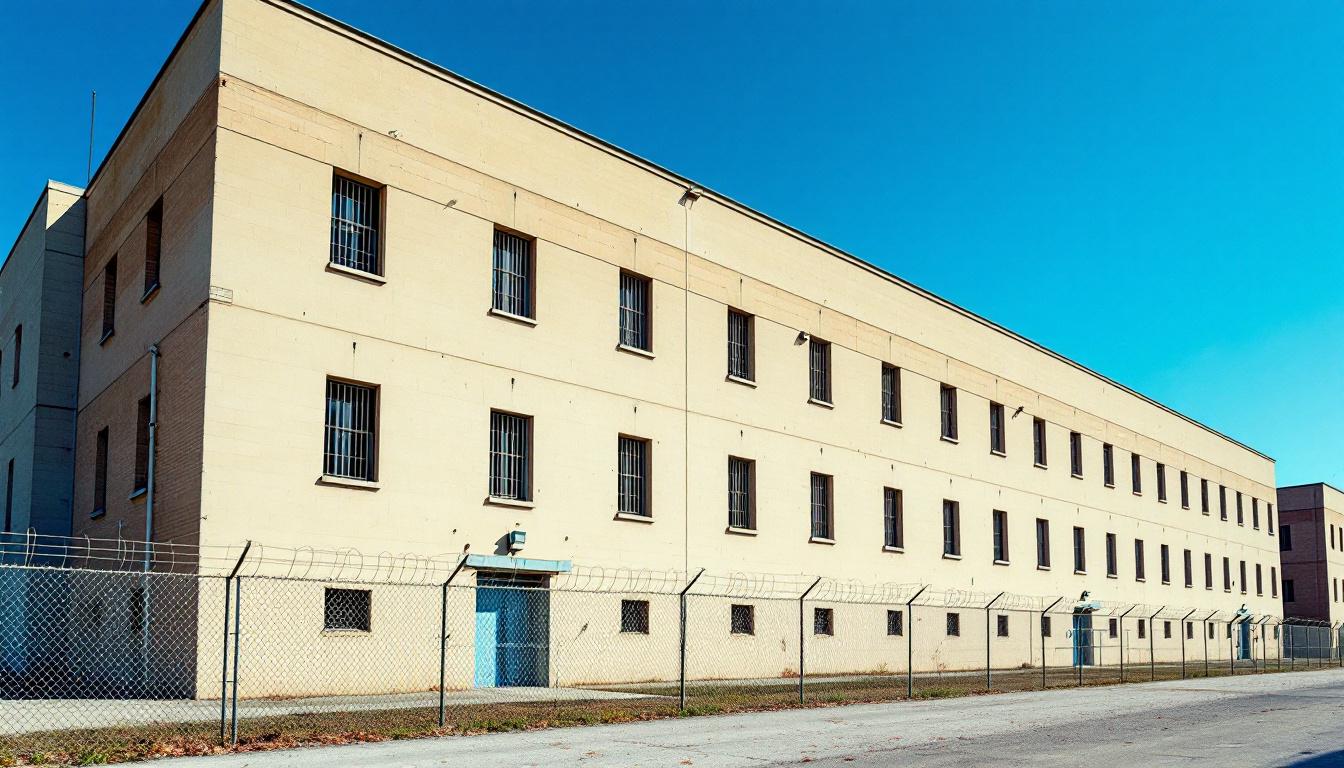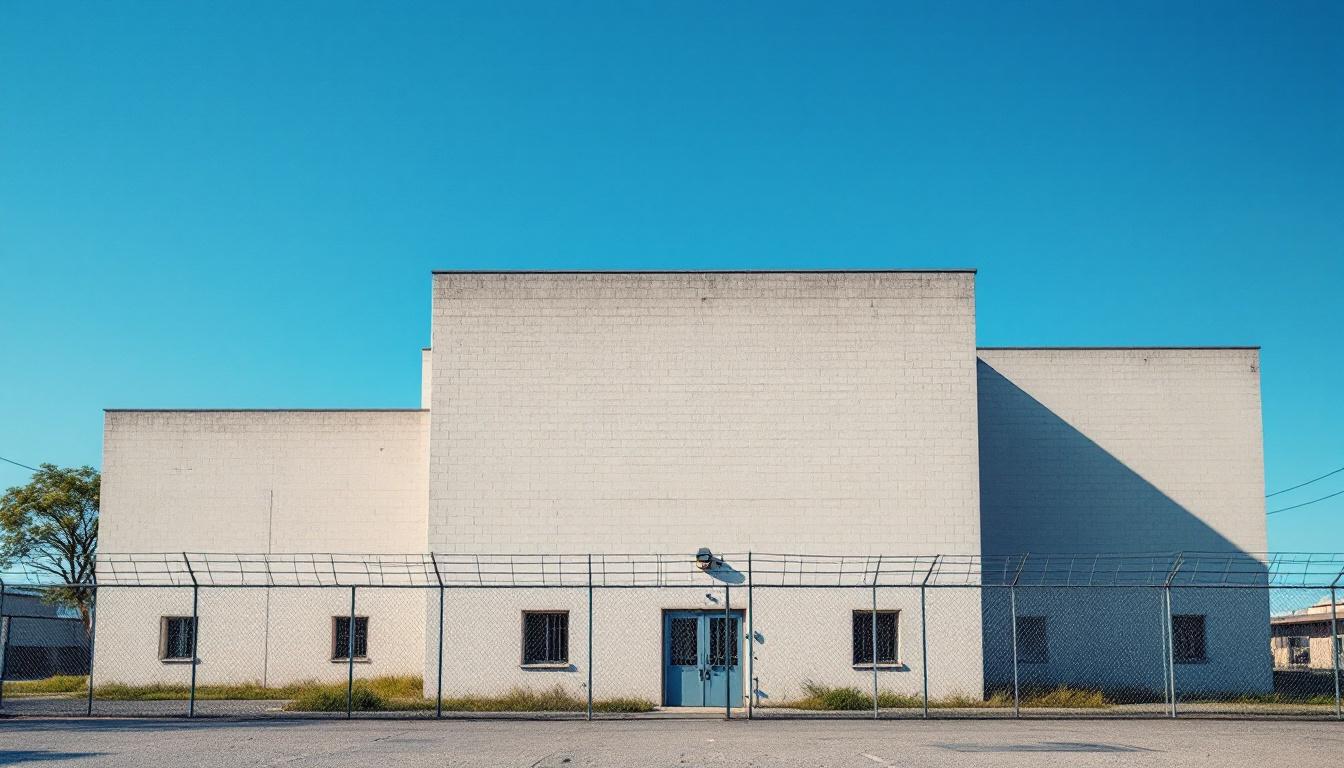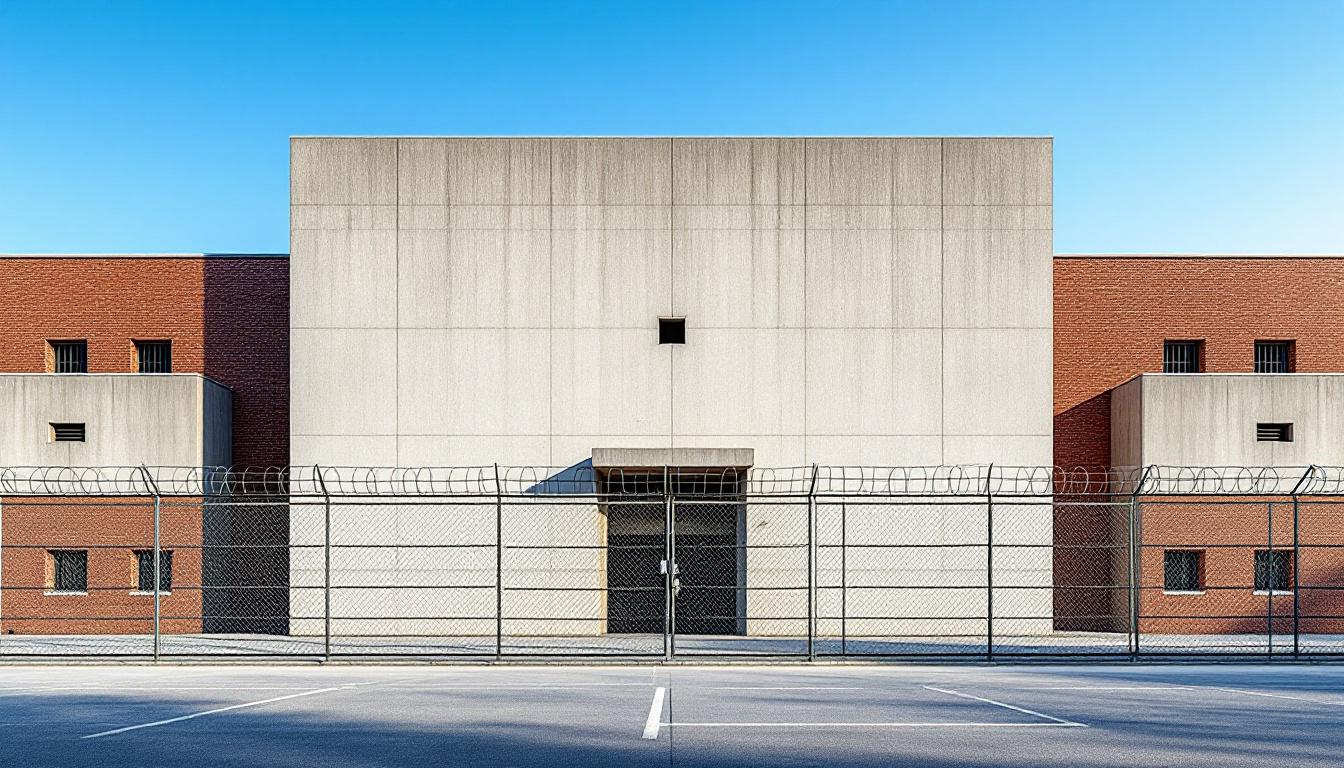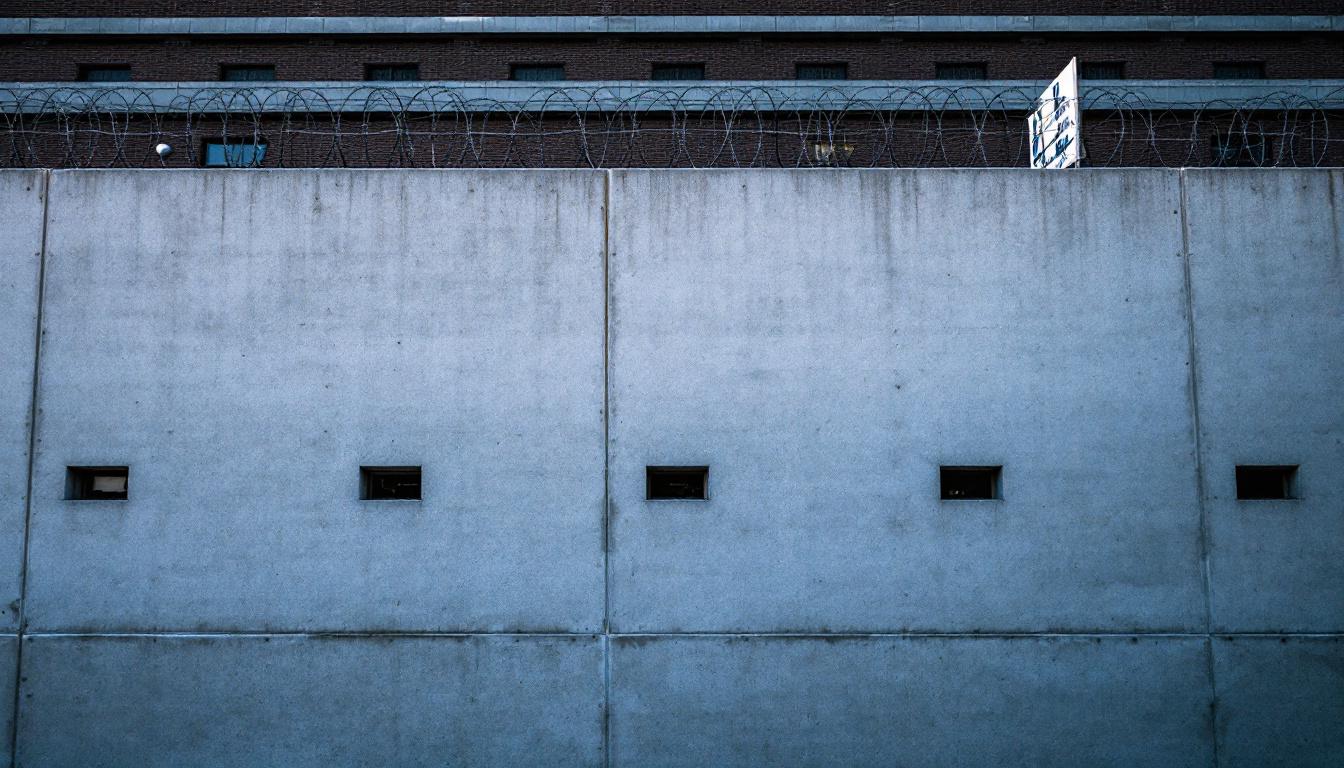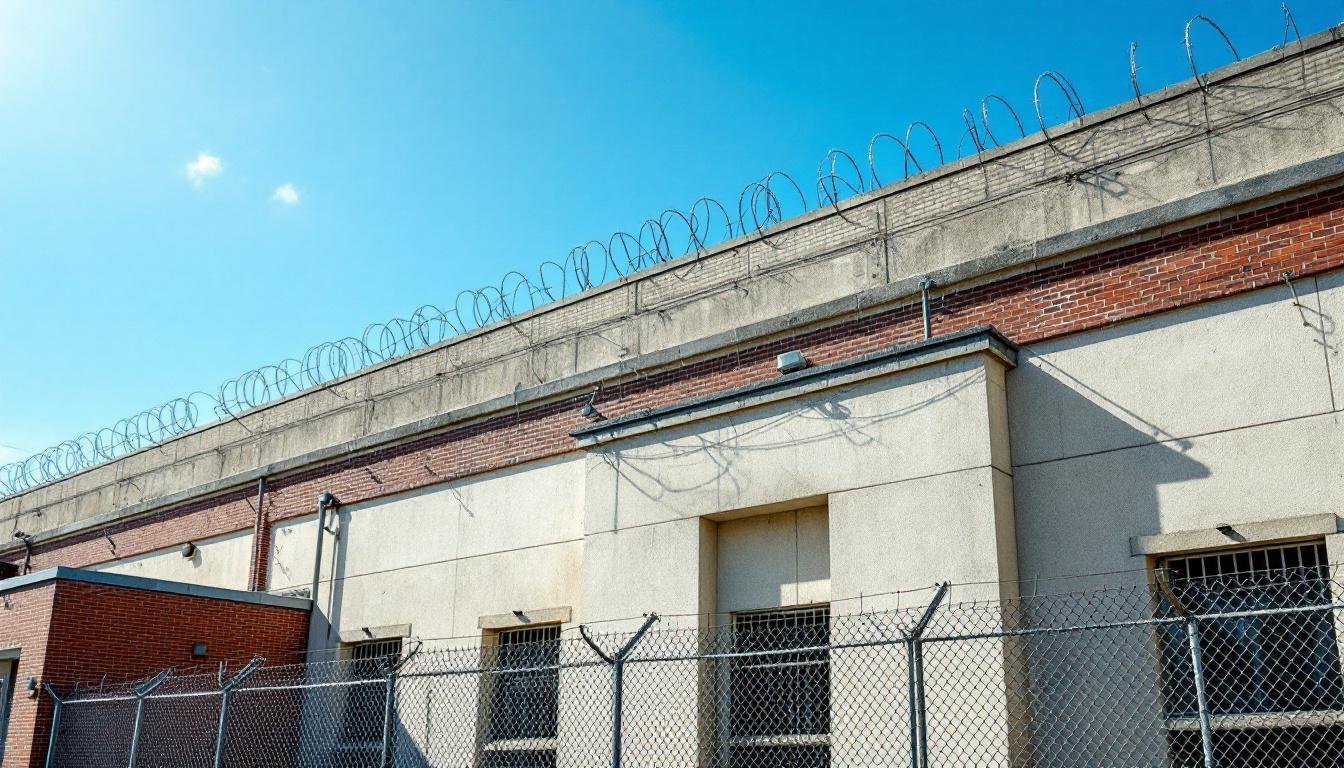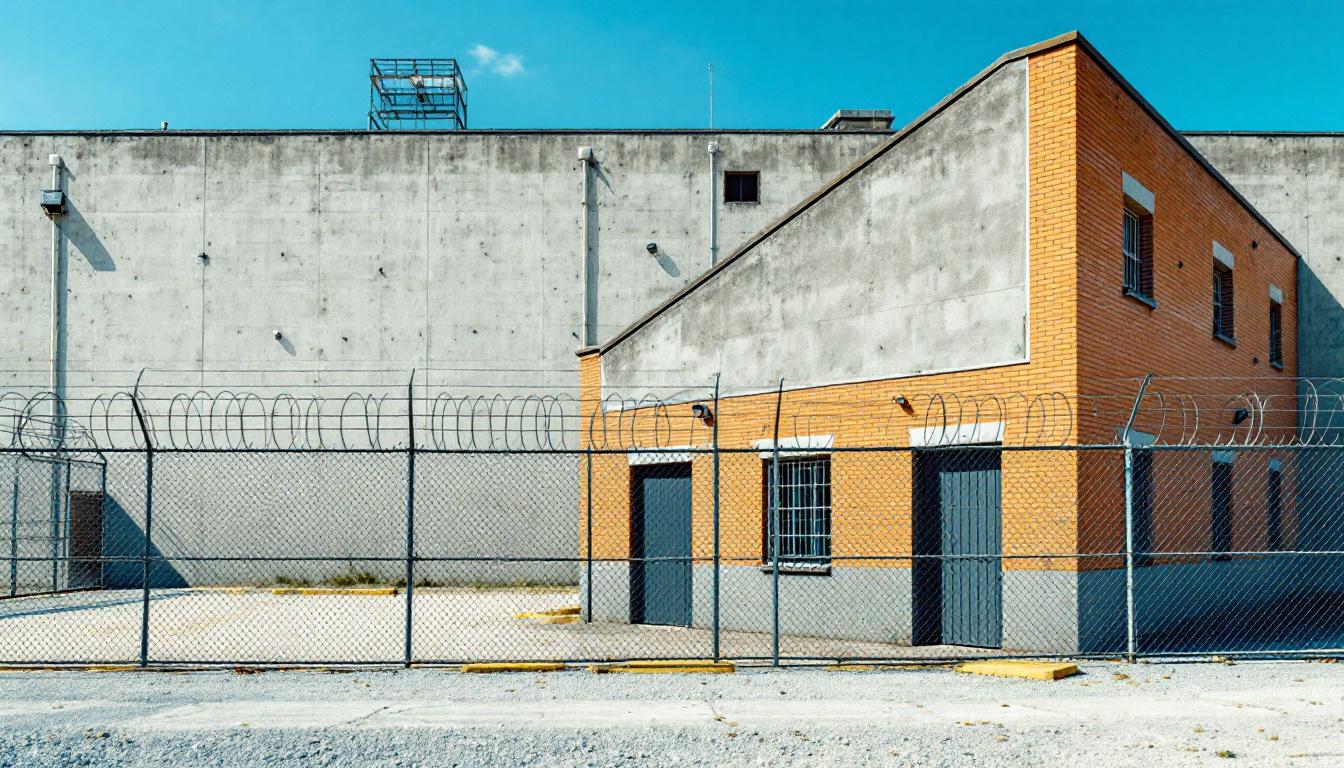
Quick Navigation
How to contact an inmate at Grand Forks County Correctional
This comprehensive guide will walk you through how to connect with an inmate at Grand Forks County Correctional. Follow the steps below to find an inmate and send letters and photos:
- Search for the inmate using our search tool below
- Create your account or log in to Penmate
- Write your message (up to 6,000 characters)
- Send instantly - inmates receive printed copies daily
Find an Inmate
Search for an inmate to start communicating today
Tip: You can search by first name, last name, or inmate ID number
To contact a person at Grand Forks County Correctional start by searching for the person on the official facility website. Perform a search by following these steps:
- Step 1: Enter their first name and last name into the search form and click "Search"
- Step 2: Locate their inmate record
- Step 3: Write down their Inmate ID and any housing information provided
Important! Be sure to enter the person's full name. Nicknames should not be used.
How to Send Messages to Inmates

You can use your phone or computer to send emails, letters, and photos to an inmate. Messages are sent electronically to inmate tablets or kiosks at the facility. If you would like to send a message, start by searching for an inmate at Grand Forks County Correctional.
Sending Photos and Postcards

A great way to send love and support to a loved one at Grand Forks County Correctional is to send photos and postcards. It only takes a few minutes to send photos from your phone and it makes a huge difference. You can also mail postcards with words of support and inspiration, or design your own postcard for special moments like birthdays and holidays.
Important! Be sure not to send any explicit photos or they may not be approved by the facility. You can also use a photo printing app like Penmate to make sure your photos are printed at the correct size (4x6 or 3x5) and are mailed according to the rules and regulations of Grand Forks County Correctional.
Frequently asked questions about Grand Forks County Correctional
-
How long does it take to deliver a message?
If you're sending an email message your letter is usually delivered within 24-48 hours. For messages sent via mail you should expect delivery within 3-7 days. All messages will need be approved by Grand Forks County Correctional.
-
How much does it cost to send a message to Grand Forks County Correctional?
You can send a message free using your phone or mail a message via USPS for the price of a $0.60 stamp and envelope. You can also purchase credits or e-stamps from services starting at $1.99.
-
What services can I use to contact an inmate at Grand Forks County Correctional?
Penmate
You can use Penmate to send letters and photos to an inmate from your phone. It's an easy way to stay in touch during your loved one's incarceration. Use the inmate locator to find an inmate's location and contact information, then you can send messages within a few minutes.
Securus messaging
Securus may be another option for communicating with an inmate at Grand Forks County Correctional. You can create a friends and family account and purchase credits to send messages. All messages will be reviewed and must be approved by the facility.
JPay
Some county jails and state prisons may support sending messages with JPay. You must register an account with the system, find your loved one, and purchase stamps to send messages. For some locations you can also attach photos.
Smart Jail Mail
You may also check if Smart Jail Mail is available at Grand Forks County Correctional. Smart Jail Mail is operated by Smart Communications and has contracted with some state and county jails. After purchasing credits, your messages and photos are sent to the facility, printed out, and then handed out to your loved one.
-
What is the mailing address of Grand Forks County Correctional?
Mailing address:
Grand Forks County Correctional
1701 N Washington St
Grand Forks, ND 58203
Phone: (701) 780-8224Business hours:
- Monday: 7:45 AM – 5:00 PM
- Tuesday: 7:45 AM – 5:00 PM
- Wednesday: 7:45 AM – 5:00 PM
- Thursday: 7:45 AM – 5:00 PM
- Friday: 7:45 AM – 5:00 PM
- Saturday: Closed
- Sunday: Closed
-
What are the visiting hours at Grand Forks County Correctional?
Visiting hours at Grand Forks County Correctional vary by housing unit and security level. Generally, visits are scheduled on weekends and holidays, with some facilities offering weekday visits. Contact the facility directly at (701) 780-8224 or check their website for the current visiting schedule. Visits typically last 30-60 minutes and must be scheduled in advance.
-
What items are prohibited when sending mail to Grand Forks County Correctional?
Prohibited items typically include: cash, personal checks, stamps, stickers, glitter, glue, tape, staples, paperclips, polaroid photos, musical or blank greeting cards, hardcover books, magazines with staples, and any items containing metal or electronics. Only send letters on plain white paper with blue or black ink. Photos must be printed on regular photo paper (no Polaroids). Always check with Grand Forks County Correctional for their specific mail policies.
-
How do I send money to an inmate at Grand Forks County Correctional?
You can send money to an inmate at Grand Forks County Correctional through several methods: 1) Online using JPay, Access Corrections, or the facility's approved vendor, 2) Money orders mailed directly to the facility with the inmate's name and ID number, 3) Kiosks located in the facility lobby, or 4) Over the phone using a credit or debit card. Fees vary by method, typically ranging from $2.95 to $11.95 per transaction.
-
Can I schedule a video visit with an inmate at Grand Forks County Correctional?
Many facilities now offer video visitation as an alternative to in-person visits. At Grand Forks County Correctional, video visits may be available through services like Penmate, Securus Video Connect, GTL, or ICSolutions. Video visits typically cost $10-20 for 20-30 minutes and must be scheduled in advance. You'll need a computer or smartphone with a camera and reliable internet connection. Contact the facility for their specific video visitation policies and approved vendors.
-
What identification do I need to visit an inmate at Grand Forks County Correctional?
All visitors must present valid government-issued photo identification such as a driver's license, state ID, passport, or military ID. Minors must be accompanied by a parent or legal guardian who can provide the minor's birth certificate. Some facilities require visitors to be on the inmate's approved visitation list, which may require a background check. Contact Grand Forks County Correctional for specific ID requirements and visitor approval procedures.
-
How can I find out an inmate's release date?
To find an inmate's release date at Grand Forks County Correctional, you can: 1) Use the online inmate search tool if available, 2) Call the facility's records department, 3) Contact the inmate's case manager or counselor, or 4) Have the inmate provide this information during a call or visit. For privacy reasons, some facilities only release this information to immediate family members.
Facility Overview
Contact Information
Grand Forks County Correctional1701 N Washington St
Grand Forks, ND 58203
Phone: (701) 780-8224
Official Website

About Grand Forks County Correctional
Video visitation technology connects incarcerated individuals at Grand Forks County Correctional Center with their loved ones through both onsite and remote access options. The facility provides comprehensive visitation services seven days a week, with sessions limited to 20 minutes each and scheduled at regular intervals throughout the day. Visitors may access the system through onsite kiosks located at 1701 North Washington St. in Grand Forks, North Dakota, or connect from anywhere worldwide via internet through the HomWAV platform and mobile application.
The correctional center maintains structured visitation hours to accommodate various schedules while ensuring operational security. Onsite visitation typically occurs Tuesday through Thursday during morning hours from 9:00-11:00 a.m. and evening sessions from 7:30-9:30 p.m., with additional Wednesday afternoon availability from 2:00-4:00 p.m. Weekend visitation serves families on Saturday and Sunday from 1:30-4:30 p.m. All visitors must complete a registration and approval process that may take up to 24 hours, requiring clear photographic identification and verification procedures to maintain facility safety protocols.
Situated in Grand Forks County, this correctional facility serves the local community by providing secure custody services while maintaining family connections through modern communication technology. The registration process can be completed either in person at the facility during weekday business hours or through the digital platform, ensuring accessibility for families regardless of their location or schedule constraints.
Programs & Services
The Grand Forks County Correctional Center prioritizes maintaining family connections through its comprehensive visitation program, offering both onsite and worldwide video visitation options to help incarcerated individuals stay connected with their support networks. With flexible scheduling available seven days a week and sessions running every 20 minutes throughout designated hours, the facility recognizes that strong family ties often play a crucial role in successful reintegration. The center's video visitation system extends globally via internet access, ensuring that distance doesn't prevent meaningful contact between inmates and their loved ones.
Beyond visitation services, the facility typically offers educational programming that may include GED preparation, basic literacy courses, and life skills training to help individuals prepare for their return to the community. Vocational programs often focus on practical skills development, while counseling services may address substance abuse treatment, anger management, and mental health support. The correctional center likely provides religious services and chaplaincy programs, along with library access and recreational activities that promote positive engagement during incarceration.
The facility's approach to inmate services generally emphasizes both accountability and rehabilitation, with programs designed to address the underlying factors that contribute to criminal behavior. Medical and mental health services are typically available to ensure inmates receive necessary care, while case management may help individuals develop release plans and connect with community resources. These comprehensive services work together to support individuals during their incarceration while preparing them for successful reentry into Grand Forks County and the broader North Dakota community.
Daily Life & Visitation
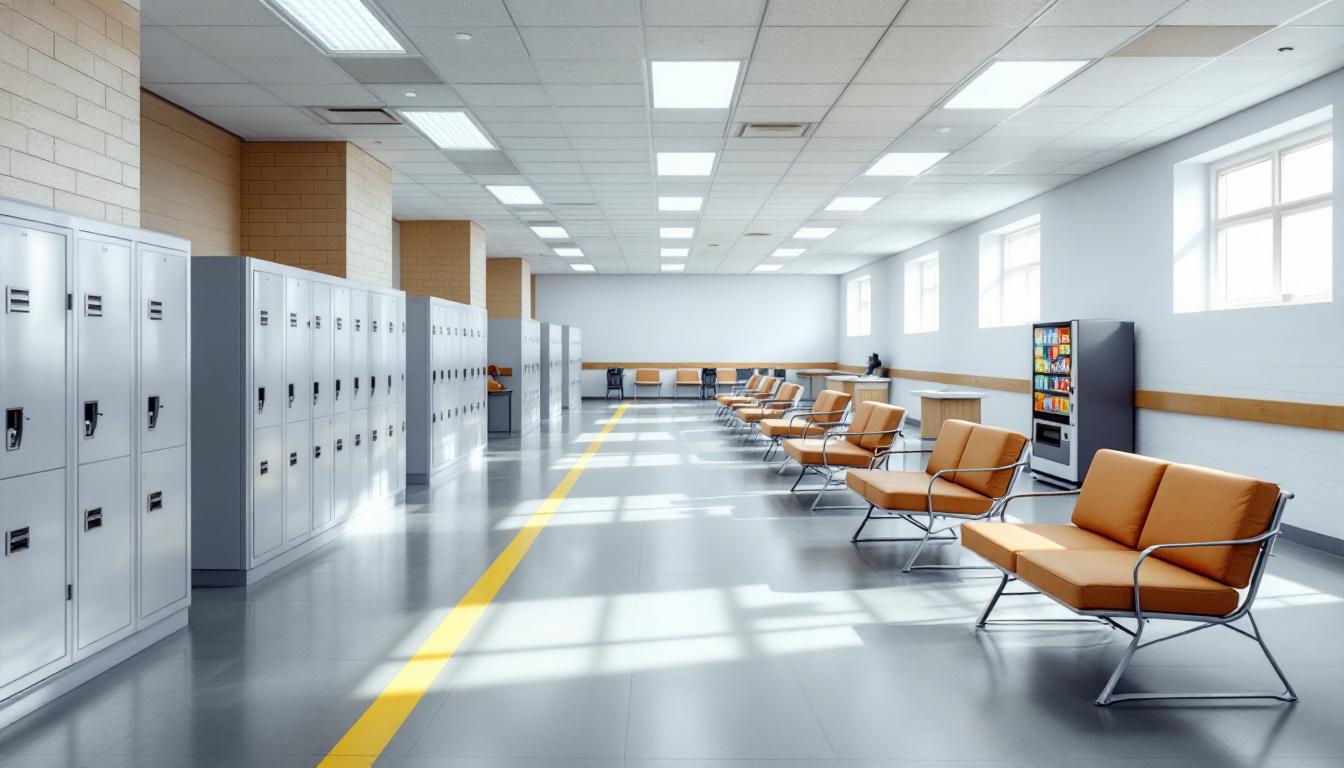
Family connections remain a vital part of life for individuals housed at the Grand Forks County Correctional Center, with video visitation available seven days a week through carefully structured 20-minute sessions. These visits typically begin on the hour, at 20 minutes past, and at 40 minutes past each hour, allowing for regular contact with loved ones both through onsite kiosks at the facility and remotely via internet access worldwide. The approval process for visitors may require up to 24 hours and includes verification through clear photographs and driver's license documentation to ensure facility security.
The structured visitation schedule reflects the facility's broader approach to maintaining routine and security while supporting rehabilitation. Onsite visits are currently available Tuesday through Thursday during morning hours from 9:00-11:00 a.m. and evening sessions from 7:30-9:30 p.m., with additional Wednesday afternoon availability from 2:00-4:00 p.m. Weekend visits occur Saturday and Sunday from 1:30-4:30 p.m., though all sessions depend on equipment availability and daily facility activities. No visitation begins before 8:00 a.m. or extends past 10:00 p.m., ensuring these connections fit within the facility's operational framework.
Beyond visitation, daily life at the correctional center typically revolves around structured programming that may include educational opportunities, work assignments, and rehabilitation services common to county facilities in North Dakota. Residents often follow established schedules for meals, recreation, and various programs designed to support their eventual reintegration into the community. The facility's location in Grand Forks provides access to regional resources and services that often complement the daily programming available to those in custody.
Ready to Connect?
Start communicating with your loved one today
Search for an Inmate
